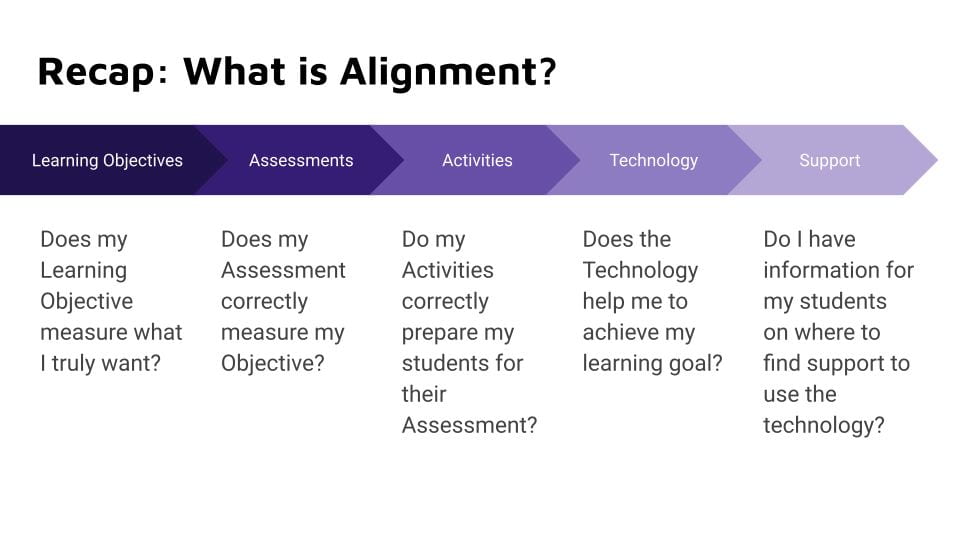 Linda Unger, Senior Instructional Designer
Linda Unger, Senior Instructional Designer
 Congratulations to Dr. Sangeet Honey who was recently honored at CELT’s Celebration of Teaching Awards, for development of BIO 315 Microbiology, online. This course, when taught face-to-face in Javits, enrolled about 600 students each term it was scheduled. With Javits going offline this month, Dr. Sangeet Honey, Research faculty in the Department of Microbiology and Immunology, and undergraduate biology program director Dr. Peter Gergen collaborated with CELT to transition the course to fully asynchronous in Blackboard.
Congratulations to Dr. Sangeet Honey who was recently honored at CELT’s Celebration of Teaching Awards, for development of BIO 315 Microbiology, online. This course, when taught face-to-face in Javits, enrolled about 600 students each term it was scheduled. With Javits going offline this month, Dr. Sangeet Honey, Research faculty in the Department of Microbiology and Immunology, and undergraduate biology program director Dr. Peter Gergen collaborated with CELT to transition the course to fully asynchronous in Blackboard.
Quite a challenge–redesigning such a large course to a fully asynchronous delivery, but Sangeet’s commitment to his students and Peter’s administrative support made it both possible and, more importantly, effective. Beginning in August of 2019 (no, it didn’t take 2 years), Sangeet collaborated with two instructional designers, Linda Unger and Jennifer Jaiswal, at CELT to rethink how content could be provided, but more importantly, how interaction could be maintained with such a large group of students. Thanks to ample support from Peter in the form of grad and undergrad TAs, Sangeet and CELT were able to create an academically robust structure for students, while managing facilitation workload for Sangeet.
The first fully online version was taught in Summer of 2020 after the Spring course had hastily moved online mid-semester due to the pandemic. Since then it has had numerous tweaks each time to make it run more smoothly by maximizing effective learning activities and redesigning less effective strategies, especially with respect to assessment of students. This course has been taught in Spring 2021 with 400 students and is being taught this Summer 2021 semester with over 100 students.
Throughout these iterations, Sangeet’s “teaching presence” has been consistently excellent, as demonstrated through his recorded lectures; participation in discussion; Zoom office hours; and frequent announcements that provide guidance and general feedback. He also demonstrates compassion, flexibility and approachability with respect to his policies, especially his grading appeals policy.
Sangeet uses:
- VoiceThread for his recorded lectures,
- A variety of open source media to elaborate on lecture material,
- Bb student discussion groups (each led by a TA or himself) for clarifying concepts,
- Multiple, low-threshold assignments and quizzes,
- A large pool of questions and Respondus Monitor to safeguard exams.
A critical aspect of Sangeet’s success is his willingness to try new approaches and take risks with new teaching methods in order to engage students and promote learning using various modalities. He’s also worked hard (with CELT’s help) at making his materials accessible.
Peter’s commitment to sound pedagogy in large online courses, as demonstrated by allocation of numerous departmental grad and undergrad TAs, has enabled Sangeet to divide the >400-student class into “teams” of about 35–a critical factor that makes this course run smoothly by giving students a sense of community along with the individual attention they need.
In May, Sangeet received CELT’s annual award for Excellence in Teaching an Asynchronous Online Course at the 2021 Celebration of Teaching and CELT is delighted to have honored his work. Watch the video.








